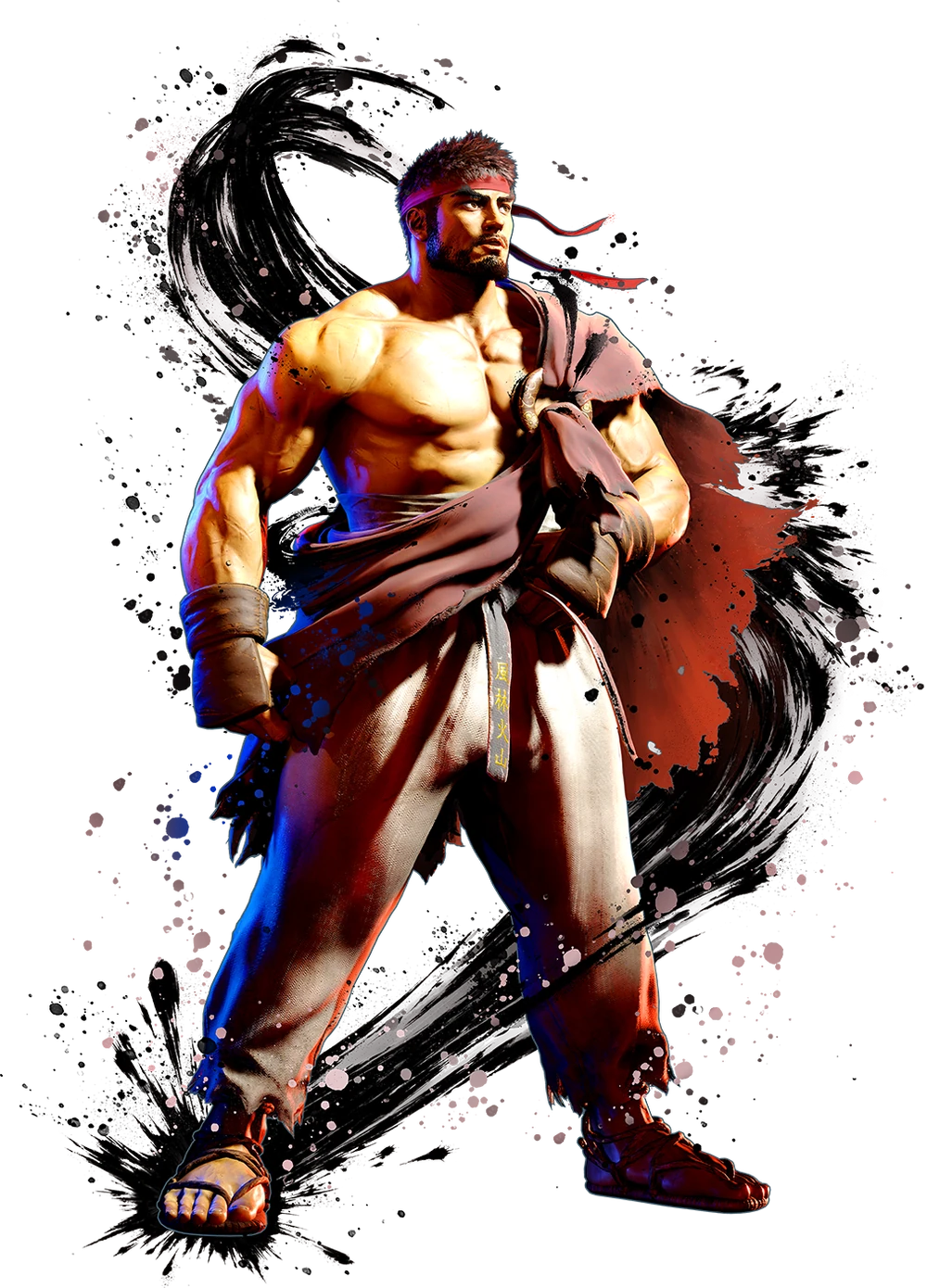
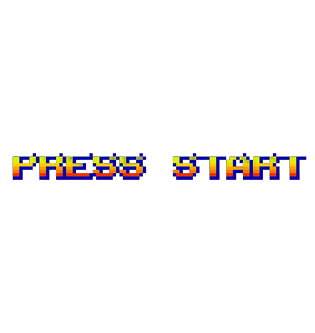




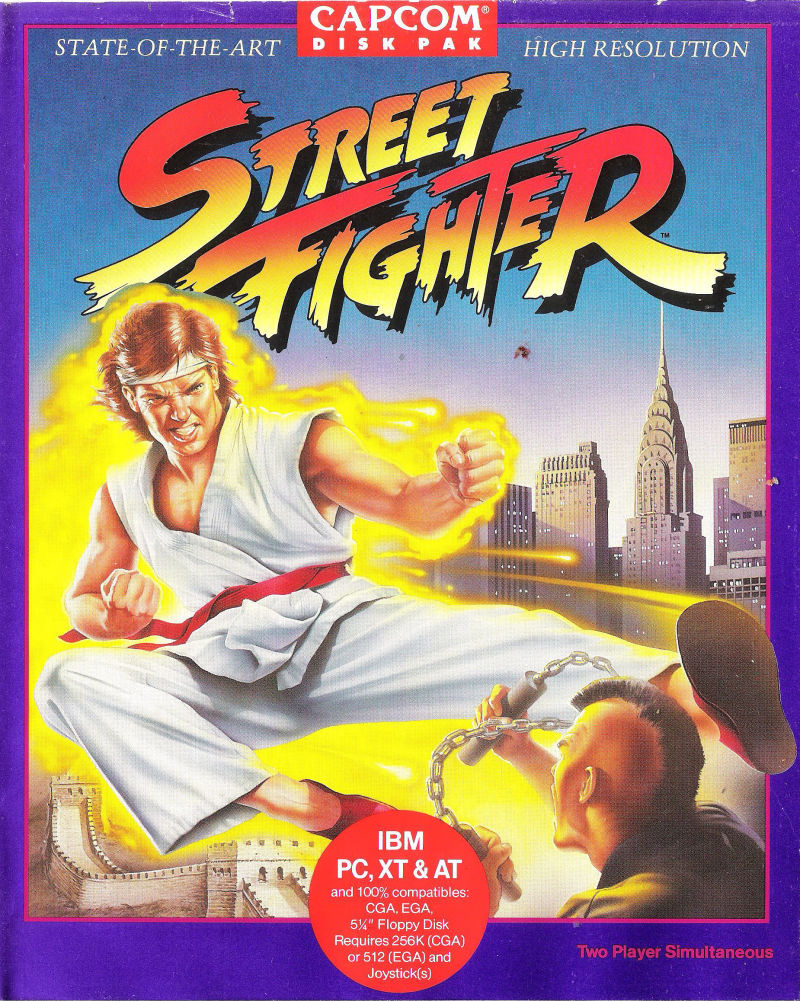
Street Fighter is a 1987 arcade game developed by Capcom. It is the first competitive fighting game produced by the company and the first installment in the Street Fighter series. It was a commercial success in arcades and introduced special attacks and some of the conventions made standard in later fighting games, such as the six-button controls an d the use of command-based special moves.
Street Fighter was directed by Takashi Nishiyama, who conceived it by adapting the boss battles of his earlier beat 'em up game Kung-Fu Master (1984) for a one-on-one fighting game, and by drawing influence from popular Japanese shōnen manga. A port for the PC Engine/TurboGrafx CD console was released as Fighting Street[b] in 1988, and was re-released for the Wii's Virtual Console in 2009.hi Nishiyama.
Its sequel, Street Fighter II (1991), evolved its gameplay with phenomenal worldwide success. Street Fighter also spawned two spiritual successors, Capcom's beat 'em up Final Fight (working title Street Fighter '89) and SNK's fighting game Fatal Fury: King of Fighters (1991), the latter designed by Street Fighter director Takas
The sequel puts much more of a focus on the characters backstories and their strikingly unique looks.
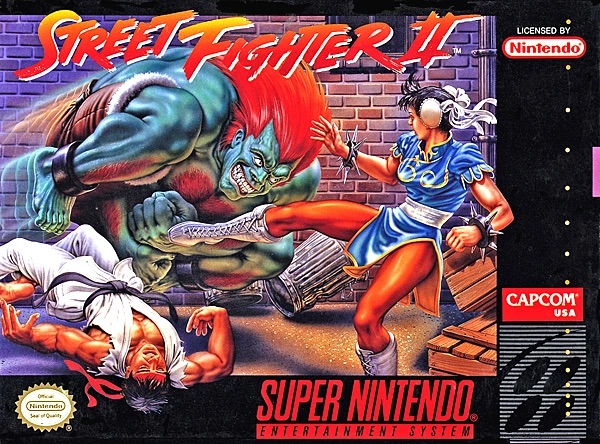
Staying relevant throughout multiple generations of gaming, Street Fighte helped pave the way for such games as Mortal Kombat, Soulcalibur, and Killer Instinct. Although Street Fighter was originally produced as an arcade game, many titles in the series have been released for a variety of gaming platforms, including video-game consoles and personal computer systems. In 1994 Street Fighter was made into a live-action film directed by Steven Souza and starring Jean-Claude Van Damme. Although critically panned, the movie showcased many of Street Fighter’s popular characters. A second movie based on the series, titled Street Fighter: The Legend of Chun-Li, was released in 2009.
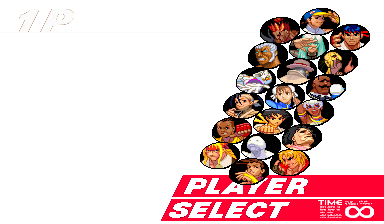
Street Fighter III is also noteworthy for introducing parrying, rewarding players for taking the risk of pressing forward into an incoming attack instead of the standard retreating block many were accustomed to. The parry system complemented the new Alpha-inspired gauge-based Super Arts and the EX-inspired canceling to create what is perhaps the most perfectly paced and precision-based fighting system ever seen.
“While highly flawed in the first game , New Generations, [the parry system] was perfected by Third Strike, the third iteration of SFIII,” esports commentator James Chen says. “And honestly, its story of going from basically a flop in the U.S. to becoming one of the most beloved fighting games of all time here in the States is a long, long journey. […] The parry mechanic remains as one of the most beloved and player-satisfying mechanics ever created.” Though Street Fighter III didn’t revolutionize fighting games like its numbered predecessor, it perfected the formula. But it was a gem fans didn’t fully appreciate in its time. However , even as competing fighting game franchises flourished under the new trend of 3D visuals and fight planes, the Street Fighter franchise entered the largest lull of its history, and fans didn’t receive a new Street Fighter game for eight years.
Shmuplations has republished the first part of a 2003 interview with designer and illustrator Akira Yasuda that runs through his career, from his first work as an artist and his later design work with the Street Fighter and Final Fight games.
During one part of the interview, Yasuda walks through how the team at Capcom pitched fighters for Street Fighter II. He talks about how some of the more unusual Street Fighter characters like Dhalsim, Blanka, and Vega were born out of an unspoken rule that encouraged them to push the boundaries of their designs: “It wasn’t good until it made us laugh.”
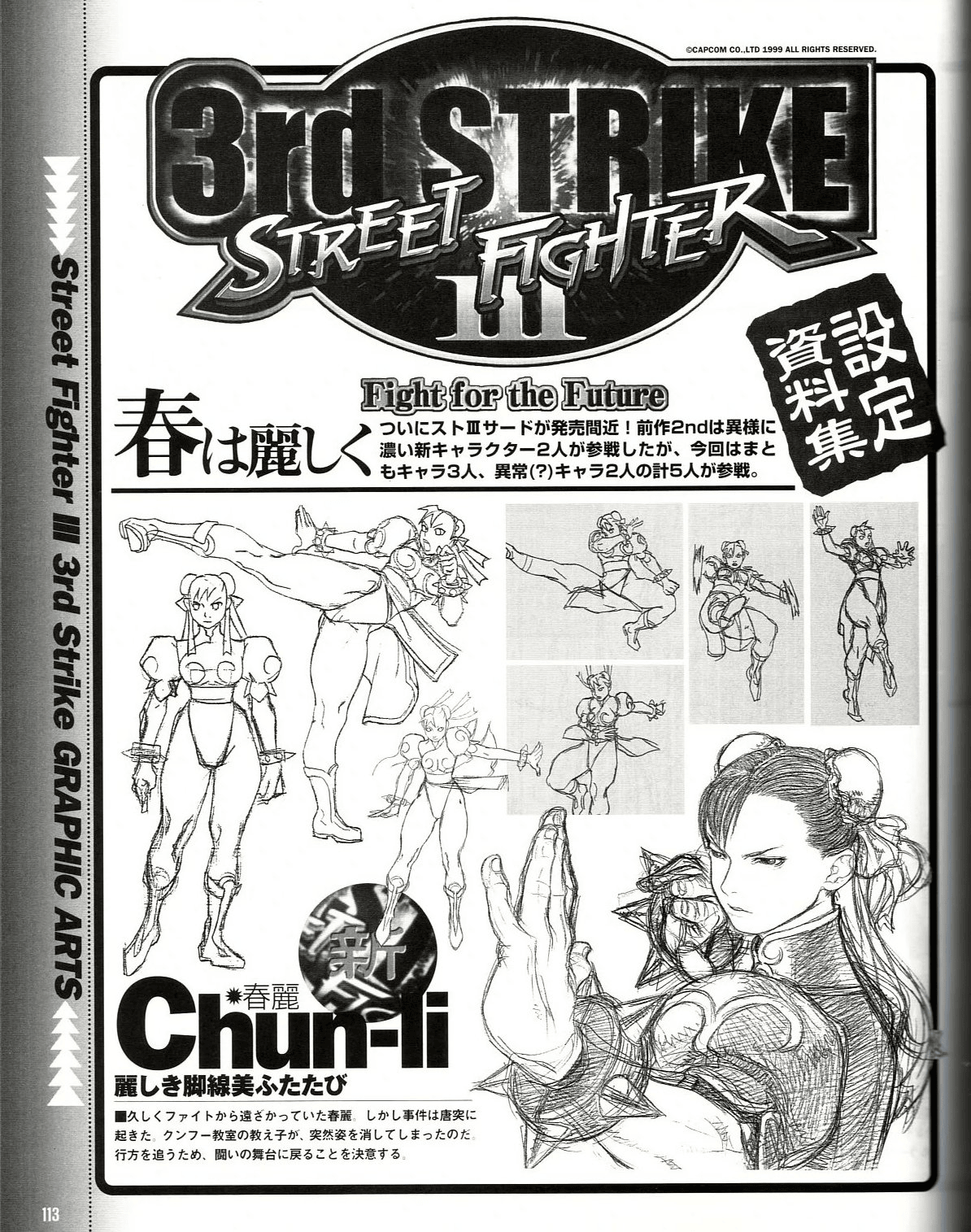
Street Fighter relinquished its claim to the throne in the early years of the new millennium. With more players looking to enjoy a 3D experience, franchises like Tekken, Soulcalibur, and Dead or Alive stepped into the spotlight. Even Street Fighter’s closest rival, Mortal Kombat, transitioned to 3D fighters. Despite the EX spin-off series’ use of 3D graphics, Street Fighter always remained steadfast in its 2D action. The final EX entry landed on PlayStation 2 in 2000, giving fans nothing more than re-releases of Street Fighter II and III on modern consoles in the succeeding years.
“People basically had forgotten about the genre,” Chen says. “While some franchises like Tekken and Guilty Gear continued to create quality games , other franchises like Street Fighter disappeared and Mortal Kombat had its notorious run of awful games during that period. Basically, in the U.S., fighting games were a thing of the past.” However, as all its rivals trailblazed 3D frontiers, Yoshinori Ono, whose work with Capcom stretched back to the early ’90s, noticed how many people clamored for a new mainline entry.
Based on the reception to Street Fighter II on Xbox Live Arcade, he petitioned Capcom’s Keiji Inafune to allow the team to create a new mainline game inspired by Super Street Fighter II Turbo. Ono, who had previously worked as a sound producer on the Alpha games, stepped into the producer role as he tried to bring the series back to its roots. The result was Street Fighter IV, a game that used modern visuals and embellished 3D character models with ink-based flourishes instead of sprites. The team maintained the tight, responsive 2D fighting action that made Street Fighter so popular in the first place by implementing 2D hitboxes over the 3D character models.
